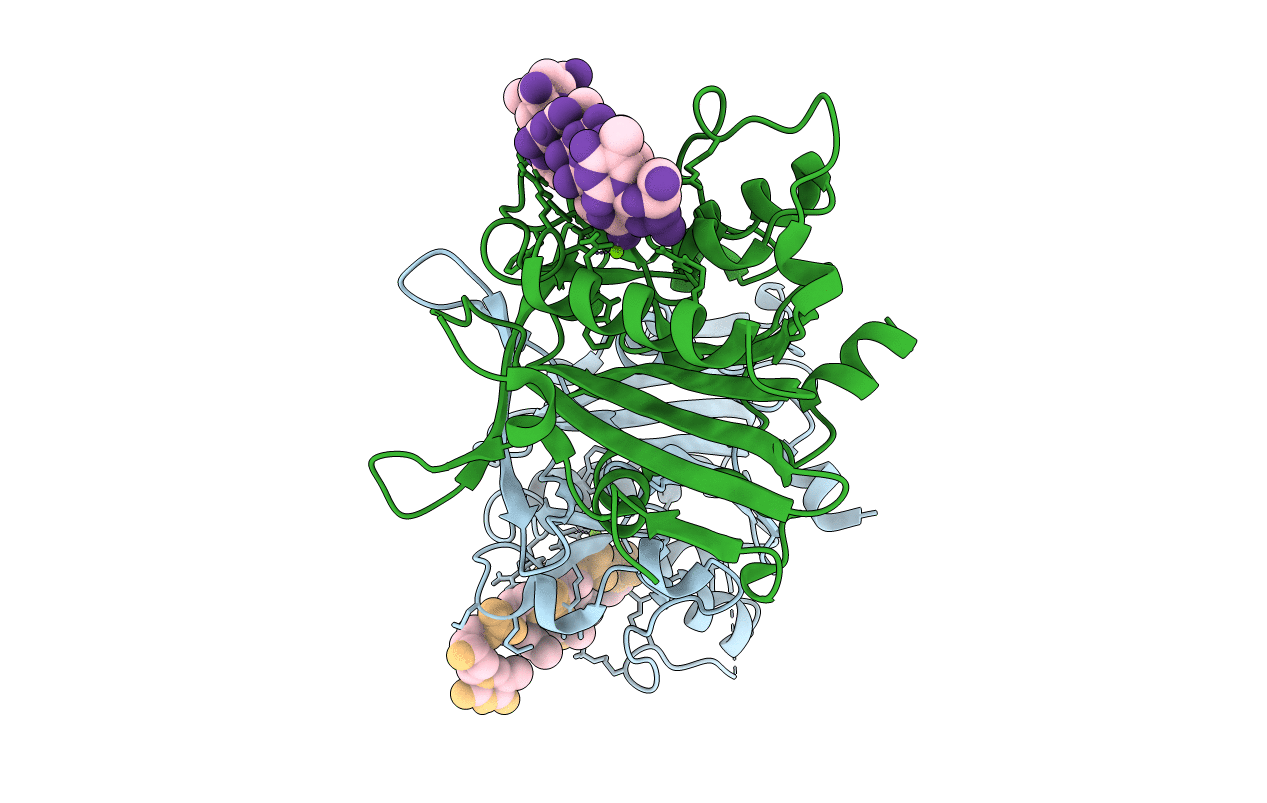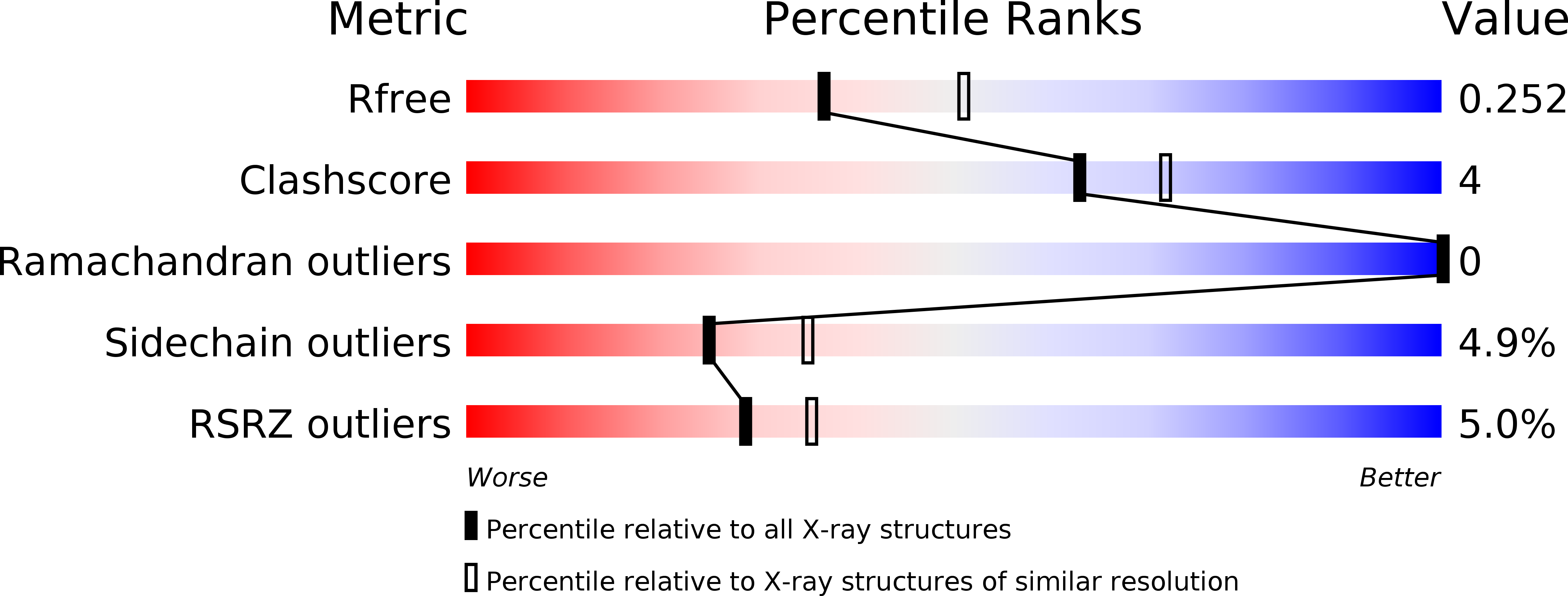
Deposition Date
2016-07-05
Release Date
2016-11-23
Last Version Date
2023-11-08
Entry Detail
PDB ID:
5GKP
Keywords:
Title:
Crystal structure of the EndoG worm homologue CPS-6 H148A/F122A in complex with DNA
Biological Source:
Source Organism:
Caenorhabditis elegans (Taxon ID: 6239)
synthetic construct (Taxon ID: 32644)
synthetic construct (Taxon ID: 32644)
Host Organism:
Method Details:
Experimental Method:
Resolution:
2.30 Å
R-Value Free:
0.25
R-Value Work:
0.17
R-Value Observed:
0.18
Space Group:
P 21 21 21


